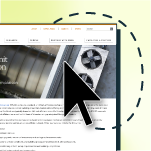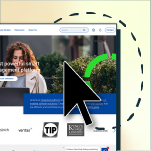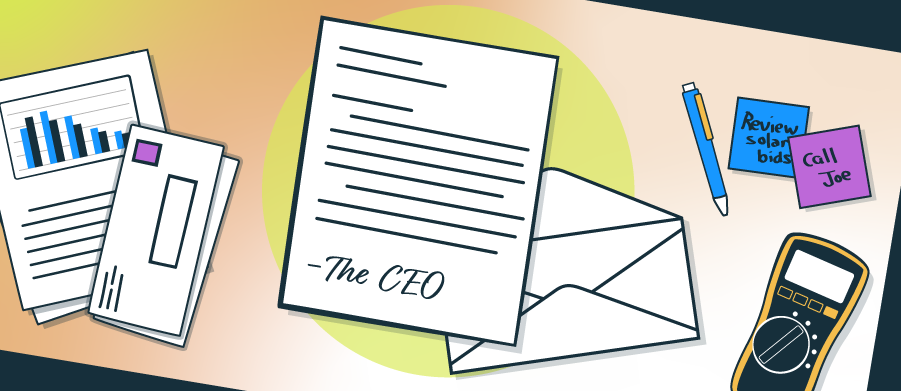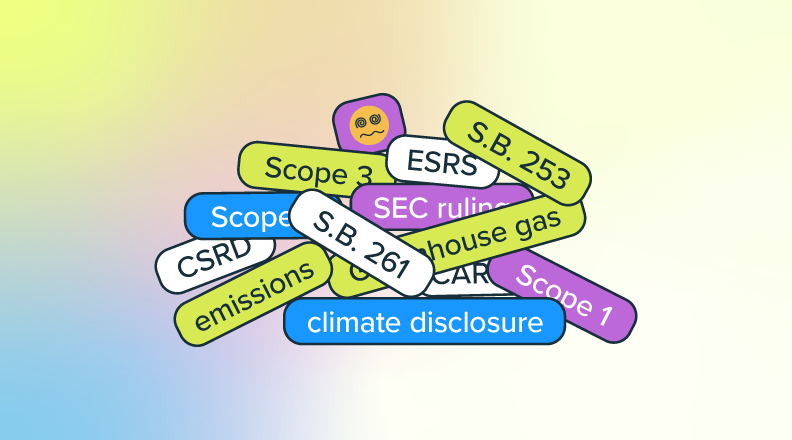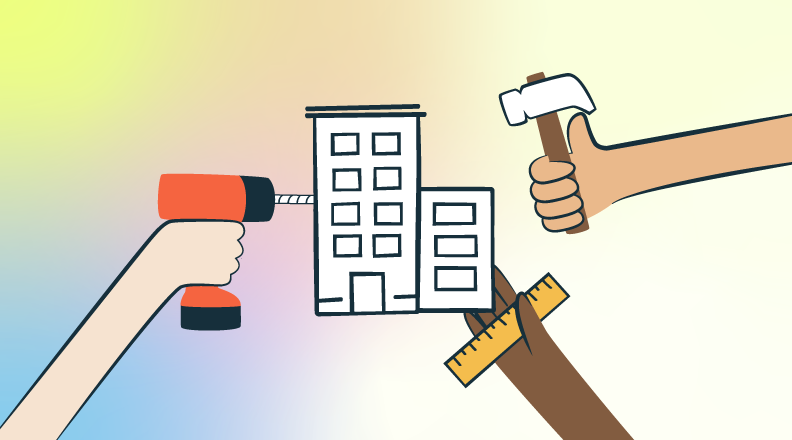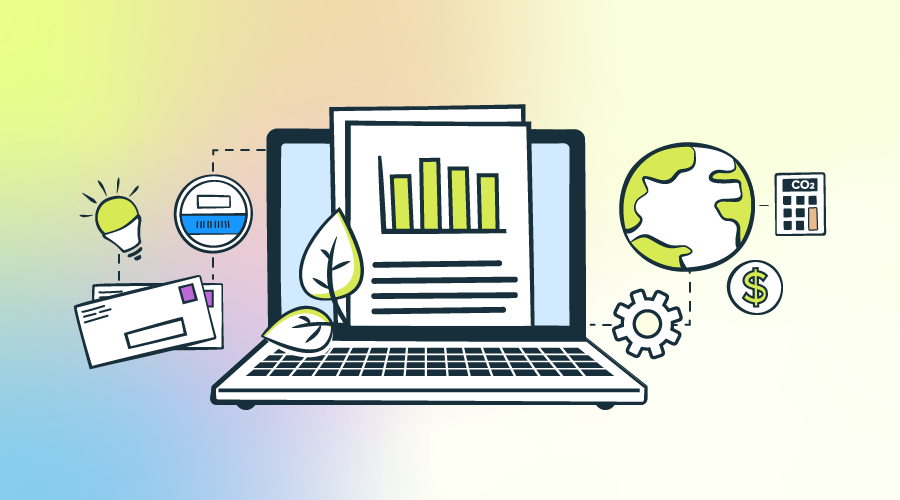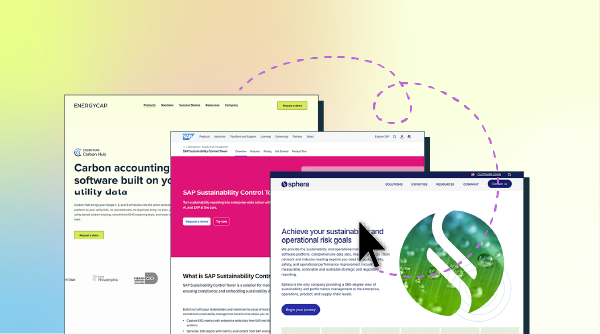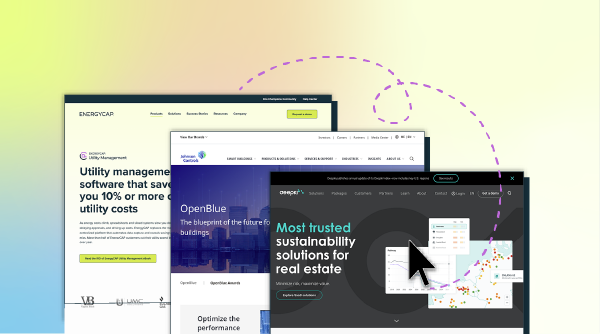Raw savings vs. cost avoidance: The difference matters
When organizations make significant investments in energy efficiency, they understandably expect utility costs to go down. But rising costs don’t always mean failure—especially when external variables like weather and rate hikes are at play. That’s where cost avoidance comes in.
A real-world example: Organization X
Energy cost avoidance calculations include a combination of determining the value of reduced energy consumption and as well as overcoming additional costs due to factors beyond the control of an organization such as weather or utility rates. Let’s review a hypothetical example of what this looks like for Organization X.
After two years of extensive efforts to reduce energy consumption, improve efficiency, and lower costs, Organization X conducted a financial analysis to evaluate its performance.
At first glance, reviewing the raw utility spend seemed to indicate that their initiatives had failed. Their annual utility spend actually increased by $100,000, rising from $1,200,000 to $1,300,000 over two years.
| Year | Activity | Total Annual Utility Spend |
| 2022 | Baseline | $1,200,000 |
| 2023 | Performance | $1,250,000 |
| 2024 | $1,250,000 | $1,300,000 |
However, this top-line review ignored several critical variables that impact utility costs:
- Weather changes
- Utility rate fluctuations
- Occupancy shifts
- Mechanical system upgrades
Cost avoidance helps create a more fair, apples-to-apples comparison between a baseline and a performance period by adjusting for these influencing factors.
Variables that impact utility spend
During the two-year period, Organization X experienced four major variables that influenced their energy outcomes:
- Weather: The post-baseline years were significantly more severe, requiring more energy for heating and cooling.
- Rates: Utility rates rose by 6% in 2023 and another 12% in 2024.
- HVAC Optimization: The facilities team implemented new time-of-day schedules aligned with building occupancy, reducing energy use by 5% in 2023 and 7% in 2024.
- Lighting Retrofits: Outdated lighting was replaced in two buildings, decreasing electricity consumption by 3% in 2023 and another 2% in 2024.
If these variables are ignored, the full impact of the organization’s efforts remains hidden. But when factored in using cost avoidance calculations, a much different—and more accurate—picture emerges.
The value of a cost avoidance lens
Cost avoidance combines:
- The value of reduced energy consumption
- The offsetting of external cost drivers (e.g., rate hikes, weather anomalies)
When analyzed considering avoided costs, Organization X didn’t fail—they succeeded in holding costs steady despite challenging conditions. In real terms, they prevented significant additional spending.
While raw savings looked negative, their cost avoidance result showed real progress—a compelling story to share with leadership, stakeholders, and auditors.
Tools to simplify the process
As we can conclude from Organization X’s story above, accurate cost avoidance requires tracking and normalizing many fluctuating variables. Tools like EnergyCAP simplify this process by:
- Centralizing utility and energy data
- Adjusting for weather and rate changes
- Providing visual comparisons and audit-ready reporting
By viewing energy efforts through the right lens, organizations can confidently defend their investments—and celebrate their success.
Key points to remember
- Cost avoidance is different from raw savings. It accounts for variables like weather, utility rate changes, occupancy shifts, and system upgrades to give a more accurate performance measure.
- Rising utility costs don’t always mean failure. External factors can mask the positive impact of efficiency initiatives.
- Weather normalization and rate adjustments are critical. Ignoring them can undervalue your energy performance results.
- Real-world analysis reveals hidden value. In Organization X’s case, cost avoidance showed steady costs despite challenging conditions.
- Tools like EnergyCAP simplify cost avoidance tracking. By centralizing data, adjusting for variables, and providing audit-ready reports.
When you’re ready to put your new knowledge to work, check out one of the top energy management companies designed to help you achieve savings.
Schedule an EnergyCAP demo today.
Want to uncover the full impact of your energy initiatives?
Learn how EnergyCAP supports measurable cost avoidance across your utility portfolio.
Explore more 

